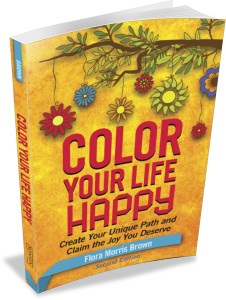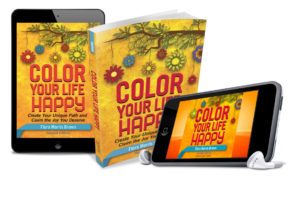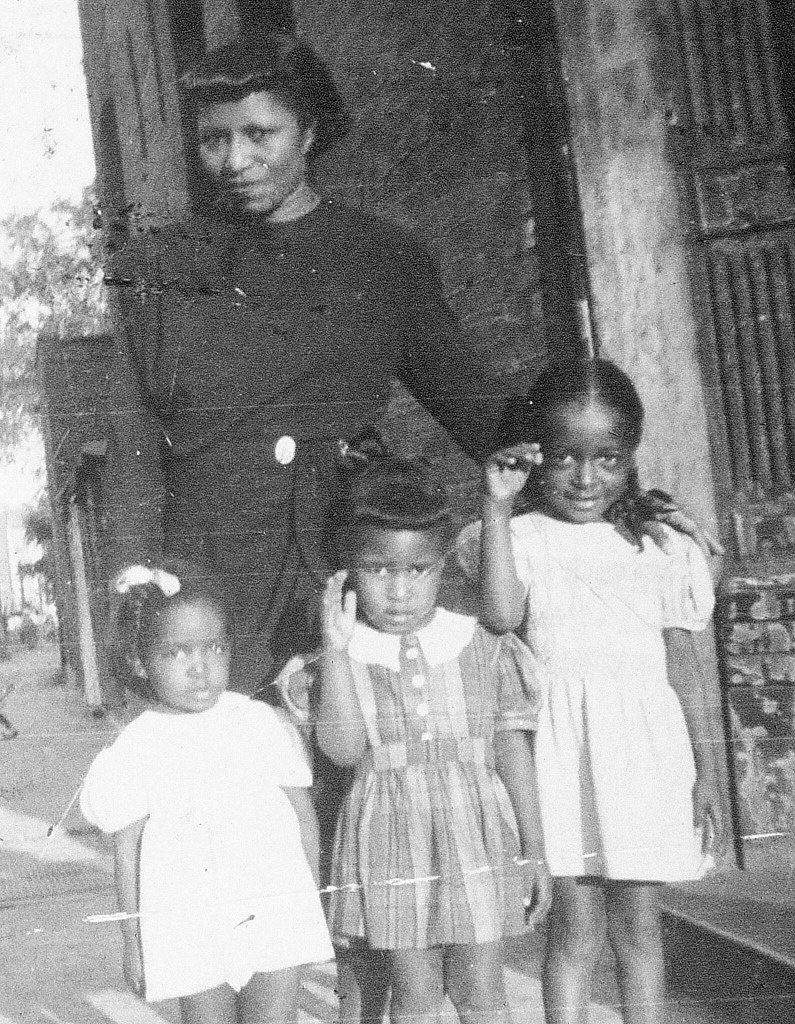Now this may sound too obvious even to mention, but it’s true. Many years ago, when my kids watched Mister Rogers’ Neighborhood, an American children’s TV series that began in the 1960s, one of his popular songs was “You’ve Got to Do It.” The gist of this seemingly simple song was that you can make believe, wish, or daydream about what you want, but for something to happen you’ve got to take action. In other words, after planning, visualizing, and setting goals, you still have to take action.
Do you want to reach goals or make changes in your life?
Are you willing to do what it takes?
—John Addison
When none of my friends were available I was willing to go alone.
It’s often fun to find friends to join you in activities. There will be times, however, when no one is available to join you on your journey to your goal. It’s at those times when what it takes to reach your goal is to be willing to go it alone.
Here’s an experience that demonstrates what happens when you are willing to do what it takes. One weekend a few years ago, I went to see the musical The Color Purple at a theater in downtown Los Angeles with a group of theater-goers from Santa Ana College in Orange County. (I didn’t know any of them.) We parked our cars at the college and went by charter bus into L.A. I chose to go with this group so I wouldn’t have to drive.
As we made our way to our seats, I was disappointed to see that we were in the highest balcony. You know—up in the “nosebleed” section. Whoever designed that steep slope of a balcony must never have had to sit up there. I’m not squeamish, but I was beginning to realize that I was not going to enjoy this musical so many miles from the stage. The actors would probably look about three inches tall. It was twenty minutes before the curtain went up, and I was so discontented that a feeling of not settling for less than I deserved welled up inside me.
Different scenarios and dialogues started shouting in my head.
This was the internal argument between the two inner me’s:
I refuse to sit in these inadequate seats.
Who do you think you are? Everyone else seems to be okay, even though they’re complaining about how high up these seats are.
That’s them. I’m not happy.
What are you going to do about it? The show’s about to start.
I don’t know. But there’s no way I’m going to enjoy the show in this seat! I wonder whether they have any available seats left in the lower levels.
Go and see. Are you willing to spend more money on another seat?
Yes, I’m willing to buy another seat. I’m going to the box office and buying a seat in the orchestra. Or at least the mezzanine.
What if they don’t have any seats left?
If they don’t have any available seats, I’ll just call a friend to come and pick me up. I’d rather hang out in the lobby than sit in this seat!
You mean you’re willing to make all those folks between you and the aisle get up to let you out?
Yep. I’m outta here!
I rose from my seat and slid my way to the aisle, murmuring, “Excuse me, excuse me, excuse me.” As I approached the ticket booth outside the theater, a lady walked up to me.
“Do you need a ticket for this performance?” she inquired.
“Where’s the seat?” I asked, looking at the ticket in her hand to verify that it was a better section than I’d been in.
“The mezzanine,” she replied.
“Great! Are you trying to sell it or give it away?” I had to check.
“You may have it for free because my friend couldn’t come,” she said.
“Thank you.”
She placed the ticket in my outstretched hand. I felt very satisfied, but now I wanted to try to give away my top balcony seat if I could. I began scanning the approaching crowd, trying to spot anyone headed to the ticket booth. Just then, a gentleman approached me and extended a ticket toward me. “Would you like a free ticket to today’s performance?” he asked. “My wife couldn’t attend.”
“Where’s the seat?” I inquired a second time. By this time, I definitely wasn’t going to settle for a bad seat.
“Oh, it’s a great seat,” he insisted, practically begging me to accept his free ticket. “It’s in the orchestra.”
“Thanks!” I scooped the ticket out of his hand.
Now I had three tickets to this performance.
Although I tried to give away my two extra tickets, I found no takers. And by now, security had their eyes on me, trying to decide if I was a scalper. It was now less than ten minutes before curtain, so I gave up trying to give away my extra tickets and dashed to my new orchestra seat.
I enjoyed the performance immensely in my wonderful seat, only eleven rows from the stage. I saw every nuance of the casts’ telling facial gestures and the lively conducting of the orchestra leader. The stirring vocal and dance performances and heartwarming story were made even better by my proximity to the action.
I am positive that I would not have attracted this great seat into my life if I had not first been willing to do whatever it took.
Please note that I didn’t have to take any of the drastic actions that played out in my head. I just had to be willing to do them.
When you refuse to accept what you don’t want, declare with passion what you do want and are willing to do whatever it takes to get it, the universe conspires to bring what you want and place it in your hands.
[feature_box style=”23″ only_advanced=”There%20are%20no%20title%20options%20for%20the%20choosen%20style” alignment=”center”] 
This is an excerpt from Chapter 5, Taking Responsibility for Your Happiness in Color Your Life Happy: Create Your Unique Path and Claim the Joy You Deserve, 2nd edition. Pre-order your copy(ies) at https://coloryourlifehappy.com before October 3rd and receive an autographed copy when the book is released on Amazon and other major booksellers. [/feature_box]



 People who value their happiness commit to creating a loving environment. They do this by steering clear of toxic people and things. In this excerpt from Chapter 7 of
People who value their happiness commit to creating a loving environment. They do this by steering clear of toxic people and things. In this excerpt from Chapter 7 of 



Recent Comments